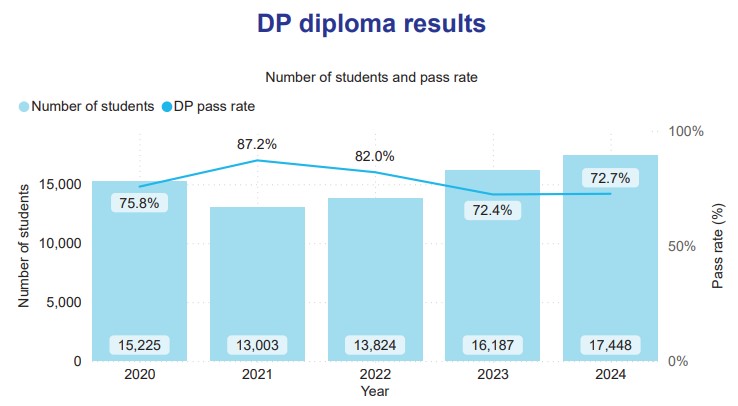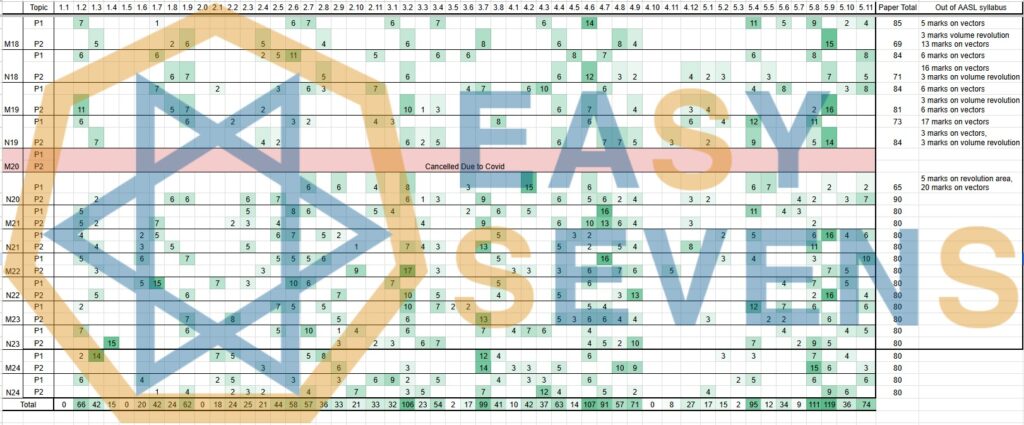The International Baccalaureate (IB) English Language and Literature paper 1 requires students to demonstrate a deep understanding of literary techniques and the ability to analyze texts effectively. To start your Paper 1 with a strong introduction, it’s important to consider the TAPAC format. TAPAC stands for “Text type, author, purpose, audience, context.” By addressing these five elements in your introduction, you set the stage for a clear and effective analysis of the text.
In the body of your essay, it’s crucial to use the PEEL format to organize your thoughts and support your arguments. PEEL stands for “Point, Evidence, Explanation, Link.” This means making a clear point about the text, using specific evidence from the text to support your point, explaining how the evidence supports your point, and linking your point back to the larger context of the text or the exam question. By following the PEEL format, you will be able to write organized and well-supported body paragraphs that demonstrate your analytical skills.
In this blog post, we will delve into the secrets to getting a level 7 in IB English Language and Literature, with a focus on using the TAPAC format for a strong introduction and the PEEL format for effective analysis.
Writing a Strong Introduction with the TAPAC Structure
The TAPAC structure is a useful tool for writing strong introductions in IB English Lang Lit paper 1 exam. The acronym stands for “Text type, Author, Purpose, Audience, Context.” Let’s examine each element in turn:
Text Type: Start your introduction by introducing the text type of the text you are analyzing. For example, “The poem [poem title] is a [type of poem, such as sonnet, haiku, etc.] that explores [topic of poem].”
Author: Next, write about the author of the text. For example, “The poem was written by [author’s name], who was known for their [brief description of author’s style or reputation].”
Purpose: The next step is to write about the purpose of the text. For example, “The poem was written in a [adjective] tone, to [persuade/inform/educate] its readers about [topic].”
Audience: After that, you can talk about the intended audience of the text. For example, “The poem was written with [target audience, such as young adults, elderly, etc.] in mind, addressing [topic of poem] in a way that is accessible and relevant to them.”
Context: Finally, you can provide any background information you have about the text to provide context. For example, “The poem was written in the 1940s, around the time of WWII, which enhances its [purpose of text], as the author was able to bring their experiences from the war into their writing.”
By following the TAPAC structure, you can craft an introduction that effectively sets the stage for your analysis of the text.
Tips to Strong Body Paragraphs with the PEEL Structure for your IB English Paper 1
Writing good body paragraphs is an important aspect of scoring well on your IB English Lang Lit Paper 1 exam. By using the PEEL structure, you can ensure that your body paragraphs are well-organized, clear, and effectively demonstrate your understanding of the text.
When writing each body paragraph, start by making a clear point (P). This is where you state your point about the text, for example: “The author utilizes [literary device] to create a [adjective] tone, which contributes to the text’s purpose of [text purpose].” This point sets the foundation for your body paragraph and serves as your thesis statement.
Next, provide specific evidence from the text (E) to support your point. For example: “The [literary device] is seen on line {line number}.” This evidence helps to strengthen your argument and demonstrate your understanding of the text.
The third step is to explain the significance of the evidence (E). Use the “How, Why, To what effect” structure to explain how the author uses the literary device to achieve the text’s purpose, why they chose to do so, and what impact this has on the target audience. This is where you can show your deep understanding of the text and the author’s techniques.
Finally, link the body paragraph back to the text’s purpose (L). This helps to tie everything together and highlights the relevance of the literary device to the larger context of the text. By linking back to the text’s purpose, you demonstrate how your analysis fits into the larger picture and helps to contribute to your overall argument.
By following the PEEL structure in each body paragraph, you will be able to write clear, well-organized, and well-supported analysis that will help you achieve a high score on the International Baccalaureate (IB) English Language and Literature exam.
Final Thoughts
In conclusion, by following the TAPAC format for writing a strong introduction and the PEEL format for effective body paragraphs, you will be able to write clear, well-organized, and well-supported analysis that will help you achieve a high score on the International Baccalaureate (IB) English Language and Literature exam. If you are still struggling with your Paper 1s, reach out to us and we will be more than happy to help!




